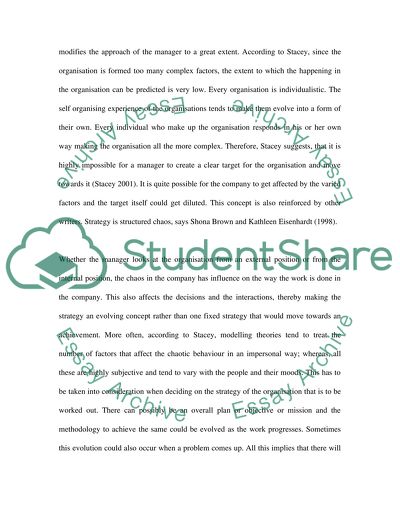Cite this document
(“Stacey's view of Organisations Essay Example | Topics and Well Written Essays - 1500 words”, n.d.)
Stacey's view of Organisations Essay Example | Topics and Well Written Essays - 1500 words. Retrieved from https://studentshare.org/miscellaneous/1508128-staceys-view-of-organisations
Stacey's view of Organisations Essay Example | Topics and Well Written Essays - 1500 words. Retrieved from https://studentshare.org/miscellaneous/1508128-staceys-view-of-organisations
(Stacey'S View of Organisations Essay Example | Topics and Well Written Essays - 1500 Words)
Stacey'S View of Organisations Essay Example | Topics and Well Written Essays - 1500 Words. https://studentshare.org/miscellaneous/1508128-staceys-view-of-organisations.
Stacey'S View of Organisations Essay Example | Topics and Well Written Essays - 1500 Words. https://studentshare.org/miscellaneous/1508128-staceys-view-of-organisations.
“Stacey'S View of Organisations Essay Example | Topics and Well Written Essays - 1500 Words”, n.d. https://studentshare.org/miscellaneous/1508128-staceys-view-of-organisations.


